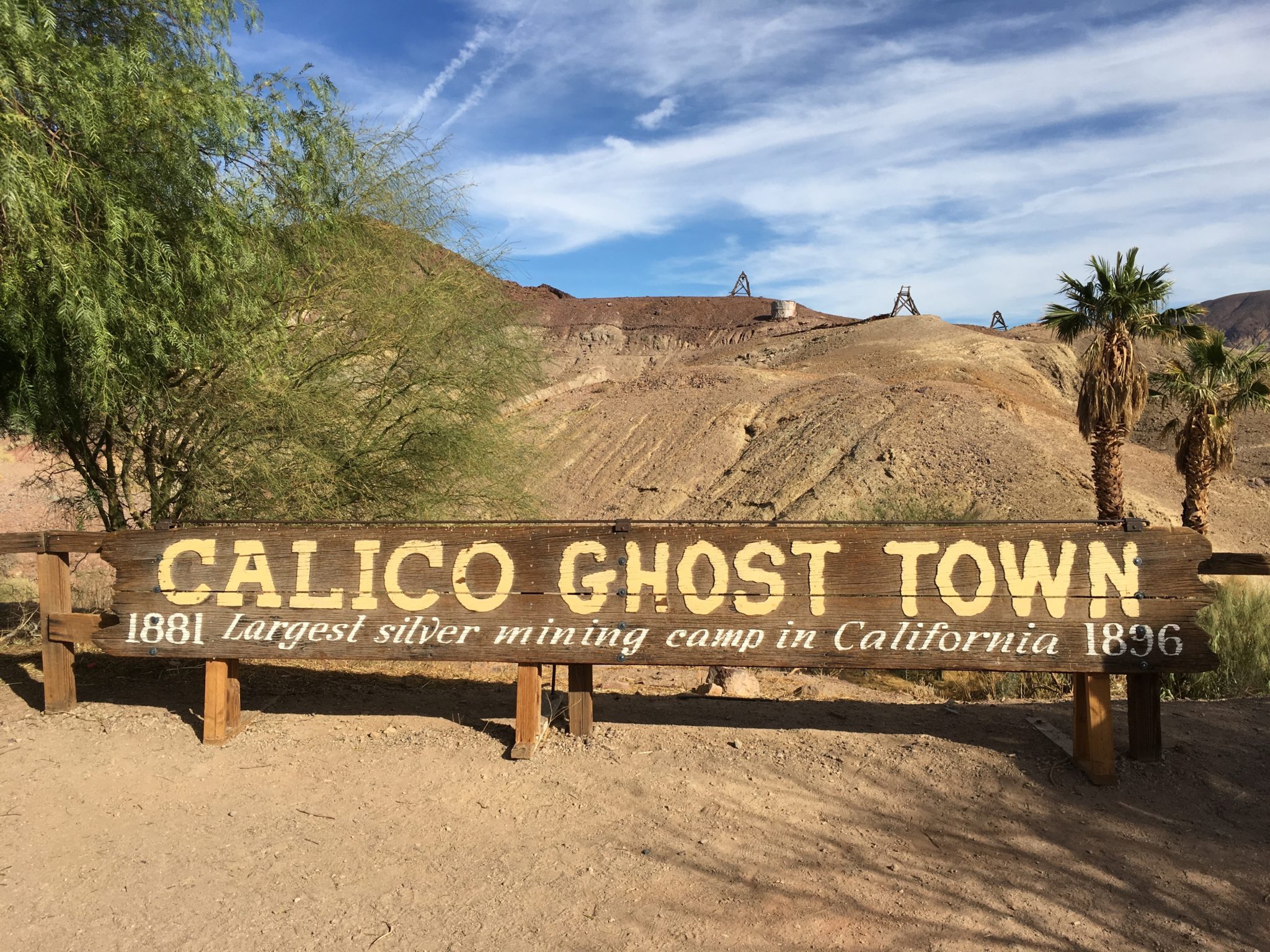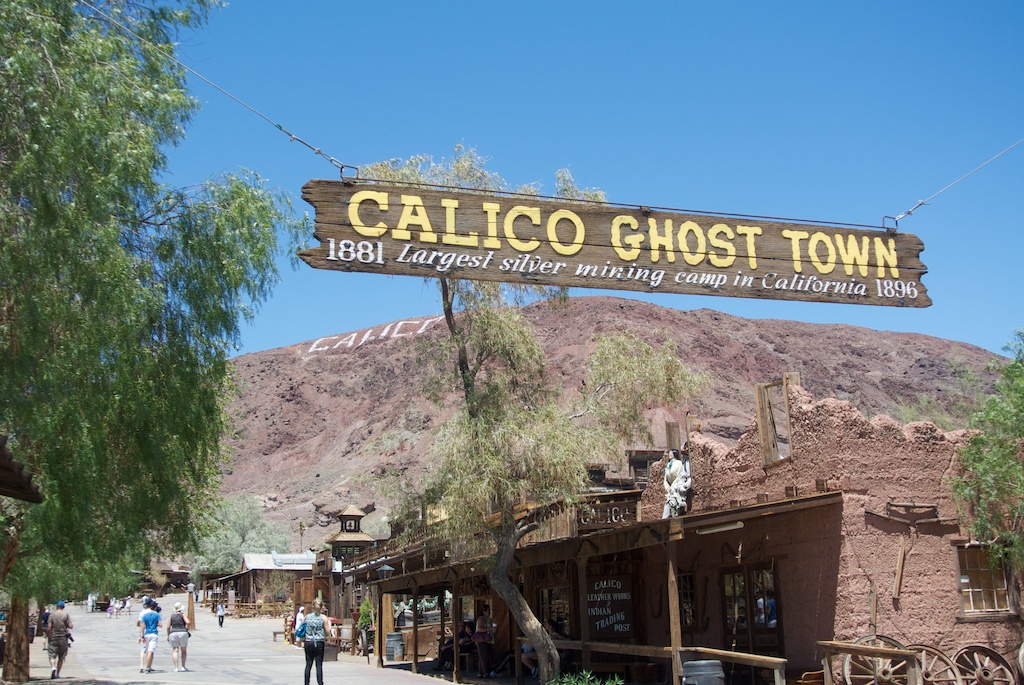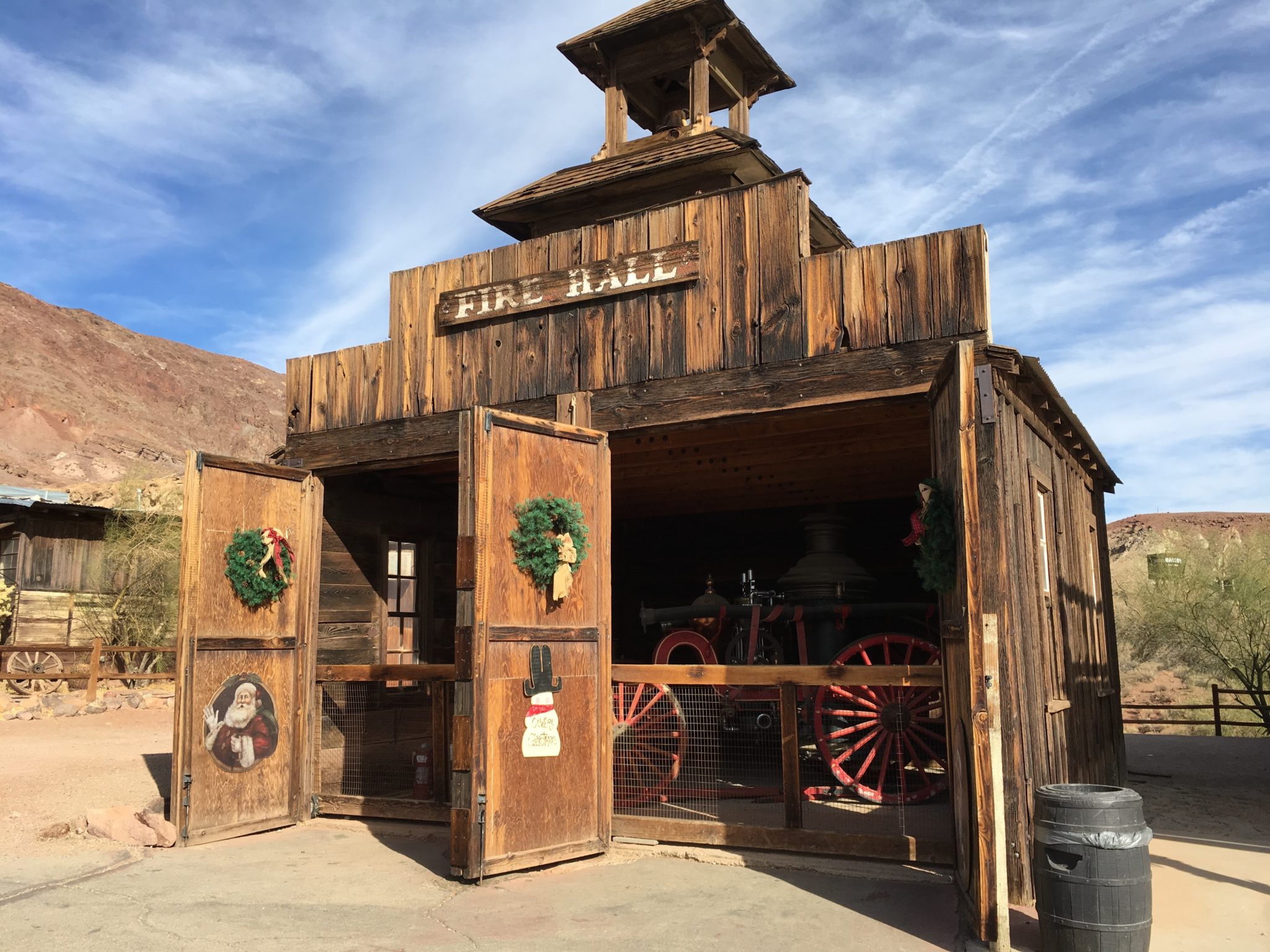
The borax deposits eventually played out, and Smith shut down the operation in 1907. Smith set up a major mining operation in Mule Canyon and he built a small company town called Borate.


The spark of life that lingered in Calico after 1893 was kept alive by a growing borax mining operation 2 miles to the east in Mule Canyon. Lucy Lane lived in Calico until 1965, and she passed away in 1967 at the age of 93.

John Lane passed away in 1934, and Lucy became the town’s unofficial historian. The Lanes had lived in Calico since the 1880s and they ran Lane’s Mercantile, one of the town’s last operating businesses. When most others picked up and left, John and Lucy Lane stayed and became Calico’s most steadfast and loyal residents. As the mines closed, materials and equipment were scavenged and hauled away to re-use elsewhere. When the economic depression of 1893 struck, the price of silver dropped sharply, and the mines began closing down for good. silver output.Ĭalico’s population and economy fluctuated in direct relation to the price of silver. While that sum may not seem overly impressive, consider the fact that in 1883, the Calico District produced 10 percent of the total U.S. A town hall was built, and a fine one-room school house was constructed on a high knoll at the north end of town.Įstimates of the overall silver production in the Calico District range as high as $86 million, but a more likely figure would be around $15 million. The year 1885 was a banner one for the Calico District, which saw a population peak of around 3,500. The Calico Stage Line ran daily, delivering a steady stream of newcomers who could stay at one of the towns six boarding houses and hotels. In July 1882, there were around 500 people in the newly formed Calico Mining District, and there were seven saloons to serve them. The fitting description stuck, and was later applied to the town. In spite of the fanciful tales describing the naming of the town, it’s likely that the Calico name simply came from the multicolored rocks of the area. A single main street supported most of the town’s buildings, but shacks and mining structures dotted the surrounding hillsides. The bustling little town of Calico sprang up between the mines, stretching out across a narrow, sloping plateau. The four prospectors located the ledge and staked out several claims that eventually became the famous “Silver King Mine” (named after Sheriff John King). The group was grubstaked and provisioned by San Bernardino County Sheriff John King in return for a share of any successful claim. Mecham joined up with his uncle George Yager, Hues Thomas, and Tom Warden, and they set out for the Calico Mountains. As his claim became more successful, it attracted the usual assemblage of gritty prospectors, barkeeps, scalawags, prostitutes, and eventually, a semblance of civilization.Ī firsthand account written by a Daggett resident named Frank Mecham in the 1930s, provides the most authoritative version of the first major strike at Calico, and the beginning of Southern California’s greatest silver bonanza.Īccording to Mecham’s account, he went to San Bernardino to muster up some help locating a ledge of promising red ore that his father had discovered in the Calico Mountains several years before. Ironically, it was a man named Lowery Silver who staked the first claim near the future town site of Calico in early 1881. Waterman gained fame and fortune with his mining and land investments, and he went on to become governor of California from 1887 to 1891. That settlement eventually became part of the thriving railroad town of Barstow.

The Waterman Mines shipped their ore down to a tiny settlement on the Mojave River that was originally called Grapevine, and later became known as Waterman Junction. The men expanded their claims and built a successful operation that became known as the Waterman Mining District. Porter relocated a lost silver claim in the Calico Mountains, about 9 miles west of the present-day site of Calico. In 1880, experienced mine operators Robert W. This small range is painted with a colorful patchwork of minerals that cover the mountains like a vast rocky quilt. The chapter begins in the rugged outcroppings of multi-hued rock known as the Calico Mountains that rise some 2,500 feet from the desert floor. The boom, bust, and rebirth of the former silver mining camp of Calico, located northeast of Barstow, is one of the most fascinating chapters in California’s frontier history.


 0 kommentar(er)
0 kommentar(er)
